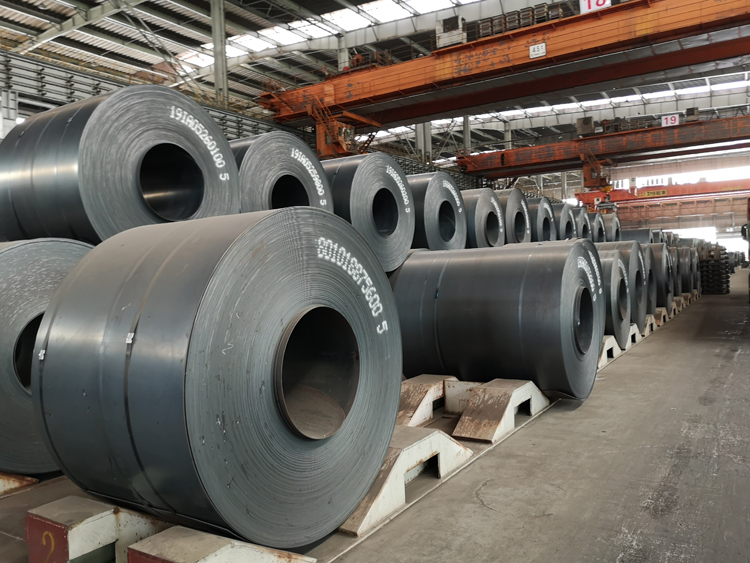Do you want any logistics service, then call us: +86-371-86151827
The company specializes in the research and development, production and sales of density of 16mo3 seamless pipes, longitudinally welded pipes, large-diameter welded pipes, API 5L welded pipes, spiral welded pipes, and large-diameter thick-walled straight seam steel pipes. The company has density of 16mo3 five production lines in three major production workshops: large-diameter longitudinally welded pipe production workshop,density of 16mo3 rolled steel pipe production workshop, and thermally expanded steel pipe production workshop, with an annual production capacity of more than 100,000 tons.
Thin steel plate is a kind of steel plate material that is thinner in thickness. Generally, steel plate with thickness less than or equal to 4mm is called thin steel plate. As we all know, the steel products we usually see are also divided into different thicknesses. The strength, performance and scope of application of different thickness steel plates, density of 16mo3 are also different. Today, we will talk about some related knowledge of thin steel plates, and take you to understand the characteristics and uses of thin steel plates.
Special boiler steel is derived from carbon structural steel, density of 16mo3. The expression of boiler steel grade is similar to that of high-quality carbon structural steel, and the carbon content is usually 0.20%. The chemical composition of boiler steel is basically the same as that of high-quality carbon structural steel of the same brand, but the mechanical properties are strictly required, especially the impact toughness, and the aging sensitivity is required to be small. After deoxidation and removal of non-metallic inclusions, boiler steel has a uniform structure, the grain size is controlled at 3-7 grade, and the defects such as interlayer, shrinkage, porosity and porosity are relatively less.
Hydrogen (H) is the most harmful element in general steel such as density of 16mo3. Hydrogen dissolved in steel will cause hydrogen embrittlement, white spots and other defects. Hydrogen, like oxygen and nitrogen, has very little solubility in solid steel. It dissolves into liquid steel at high temperature, and accumulates in the structure without time to escape when cooling, forming high-pressure micro pores, which greatly reduce the plasticity, toughness and fatigue strength of steel, and even cause cracks and brittle fracture in severe cases. "Hydrogen embrittlement" mainly occurs in martensitic steel, but not very prominent in ferrite steel, and generally increases with hardness and carbon content.
20Mn2 steel has medium strength, and the properties of 20Mn2 steel and 20Cr steel are similar. The impact toughness and weldability of 20Mn2 steel at low temperature are better than those of 20Cr steel. The plasticity and machinability of 20Mn2 steel are high during cold deformation. The hardenability of 20Mn2 steel is higher than that of corresponding carbon steel, density of 16mo3. Chemical composition of 20Mn2 steel: C: 0.17-0.24, Si: 0.17-0.37, Mn: 1.40-1.80. Mechanical properties of 20Mn2 steel: tensile strength ≥ 785 MPa, yield strength ≥ 590 MPa, elongation after fracture ≥ 10%, section expansion rate ≥ 40%, impact absorbed energy ≥ 47J.
Our products have perfect after-sales system to protect the interests of customers. At the same time, we can according to density of 16mo3 customer's requirements, processing requirements, cutting technical requirements, etc., to develop detailed solutions for customers, so as to make customers 100% satisfied. If you have any requirements and needs, please contact us in time.
We should help solve the customer's problems in time, not just verbally, without solving the problems or shirking the responsibility. Improving after-sales efficiency can make customers feel respect. We should take their problems seriously and show sincerity. It can also give customers a good impression and reduce the negative impact.






Ask for the instant quotation